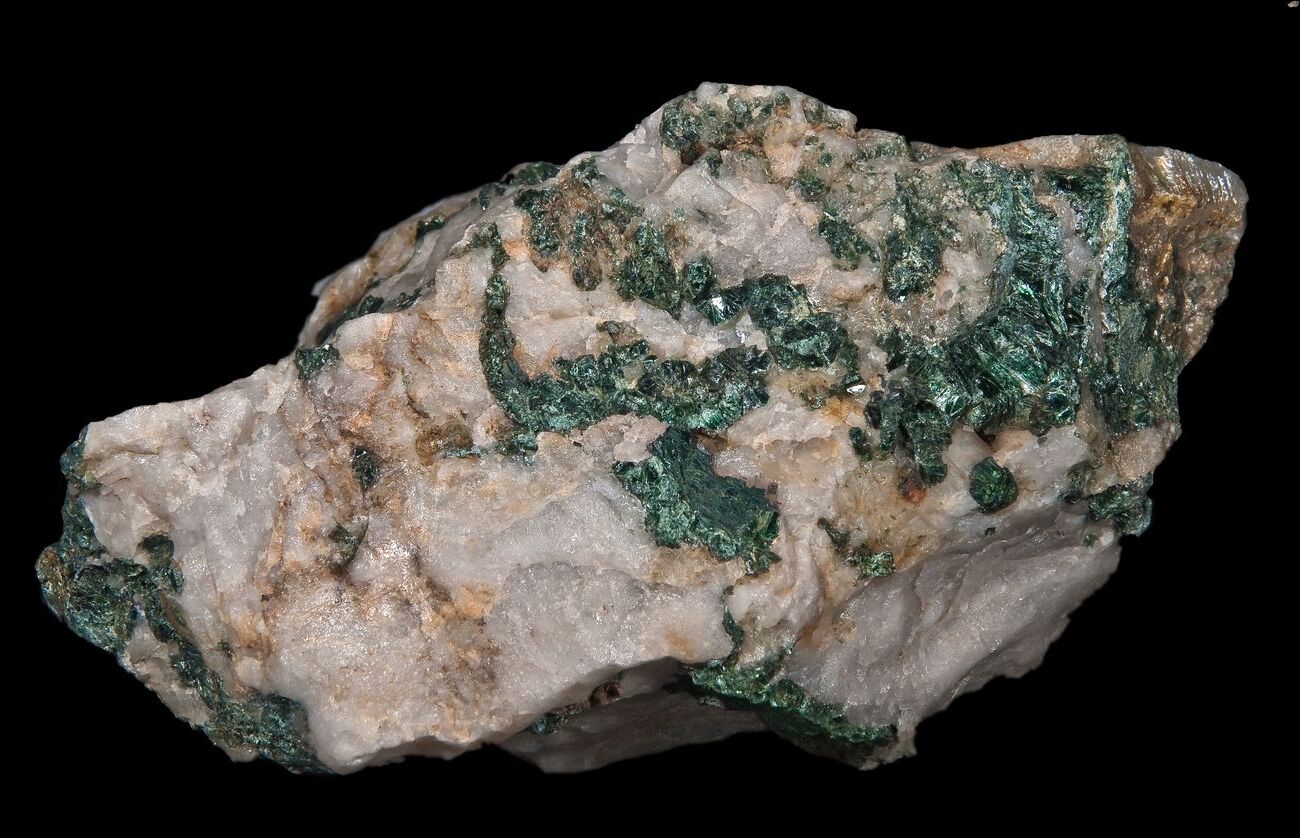
What is Chamosite? Chamosite is a fascinating mineral that belongs to the chlorite group. Found primarily in sedimentary rocks, it often appears in shades of green, brown, or gray. Named after the Chamoson region in Switzerland, this mineral has unique properties that make it interesting for both geologists and collectors. Chamosite forms in environments rich in iron and magnesium, typically in marine settings. Its structure consists of layers of silicate minerals, which contribute to its distinct appearance and characteristics. Used in various industrial applications, chamosite plays a role in understanding geological processes. Want to learn more? Here are 20 intriguing facts about this remarkable mineral.
Key Takeaways:
- Chamosite, a greenish-brown mineral, is named after Chamoson, Switzerland, and forms in iron-rich sedimentary rocks. It has unique physical properties and can provide clues about past environmental conditions.
- While not widely used, chamosite is valuable for identifying sedimentary environments, studying past climate changes, and collecting as a unique specimen. It's also used in educational settings to teach about minerals and sedimentary processes.
What is Chamosite?
Chamosite is a fascinating mineral that belongs to the chlorite group. It is often found in sedimentary rocks and has a unique set of properties that make it interesting to geologists and mineral enthusiasts alike. Let's dive into some intriguing facts about this mineral.
-
Chamosite is a type of iron-rich chlorite mineral. It contains significant amounts of iron, which gives it its characteristic green to brownish-green color.
-
Named after Chamoson, Switzerland. The mineral was first discovered in Chamoson, a municipality in Switzerland, which is how it got its name.
-
Commonly found in sedimentary rocks. Chamosite often forms in environments where iron-rich sediments accumulate, such as in marine settings.
-
It has a layered structure. The mineral's structure is composed of layers of silicate tetrahedra and octahedra, which contribute to its unique physical properties.
-
Chamosite can be a good indicator of past environmental conditions. Its presence in sedimentary rocks can provide clues about the geochemical conditions that existed when the rocks were formed.
Physical Properties of Chamosite
Understanding the physical properties of chamosite can help identify it in the field and appreciate its unique characteristics.
-
Hardness ranges from 2.5 to 3 on the Mohs scale. This makes it relatively soft compared to other minerals.
-
It has a specific gravity of about 3.0 to 3.4. This density is typical for minerals in the chlorite group.
-
Chamosite exhibits a vitreous to pearly luster. This gives it a somewhat shiny appearance when viewed under light.
-
The mineral has perfect cleavage in one direction. This means it can easily split along a specific plane, revealing smooth surfaces.
-
It is usually opaque. Light does not pass through chamosite, making it appear solid and dense.
Formation and Occurrence
Chamosite forms under specific geological conditions, often associated with iron-rich environments.
-
Forms in marine environments. Chamosite commonly forms in shallow marine settings where iron-rich sediments accumulate.
-
Associated with ironstone deposits. It is often found in ironstone formations, which are sedimentary rocks rich in iron minerals.
-
Can form through diagenesis. This process involves the chemical and physical changes that occur in sediments after they are deposited, leading to the formation of minerals like chamosite.
-
Found in hydrothermal veins. Chamosite can also form in veins created by hydrothermal fluids, which are hot, mineral-rich solutions that move through rock fractures.
-
Occurs in metamorphic rocks. In some cases, chamosite can form during the metamorphism of iron-rich sediments, where heat and pressure cause the minerals to recrystallize.
Uses and Applications
While chamosite is not a widely used mineral, it has some interesting applications and significance.
-
Used as an indicator mineral. Geologists use chamosite to help identify and study iron-rich sedimentary environments.
-
Has potential in environmental studies. The mineral's formation conditions can provide insights into past climate and environmental changes.
-
Collected by mineral enthusiasts. Chamosite's unique properties and appearance make it a popular specimen for collectors.
-
Studied for its geochemical properties. Researchers examine chamosite to understand the geochemical processes that lead to its formation.
-
Can be used in educational settings. Chamosite samples are often used in geology classes to teach students about mineral identification and sedimentary processes.
The Final Word on Chamosite
Chamosite, a fascinating mineral, offers a wealth of interesting facts. Found in sedimentary rocks, it’s a member of the chlorite group. This mineral often appears in shades of green, brown, or black. Its name comes from Chamoson, Switzerland, where it was first discovered. Chamosite forms in iron-rich environments, making it a key indicator of such conditions. It’s also used in geological studies to understand past environments. While not a gemstone, its unique properties make it valuable to scientists. Chamosite’s structure consists of layers, giving it a distinctive look under a microscope. It’s often associated with other minerals like quartz and calcite. Understanding chamosite helps geologists piece together Earth’s history. So next time you come across a greenish rock, remember, it might just be chamosite, holding secrets of ancient worlds within its layers.
Frequently Asked Questions
Was this page helpful?
Our commitment to delivering trustworthy and engaging content is at the heart of what we do. Each fact on our site is contributed by real users like you, bringing a wealth of diverse insights and information. To ensure the highest standards of accuracy and reliability, our dedicated editors meticulously review each submission. This process guarantees that the facts we share are not only fascinating but also credible. Trust in our commitment to quality and authenticity as you explore and learn with us.
